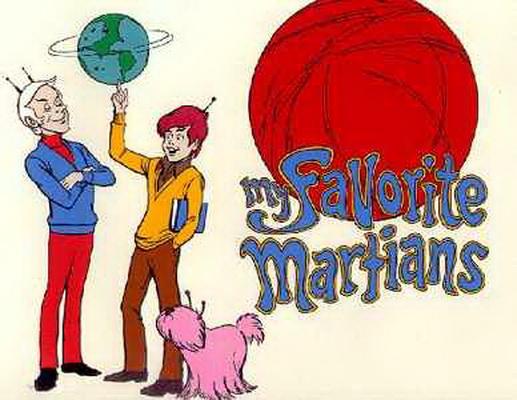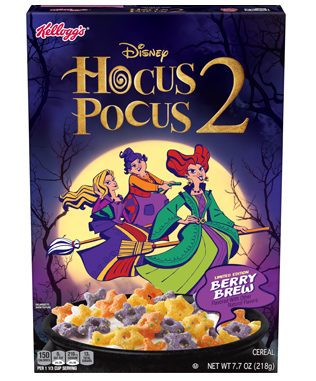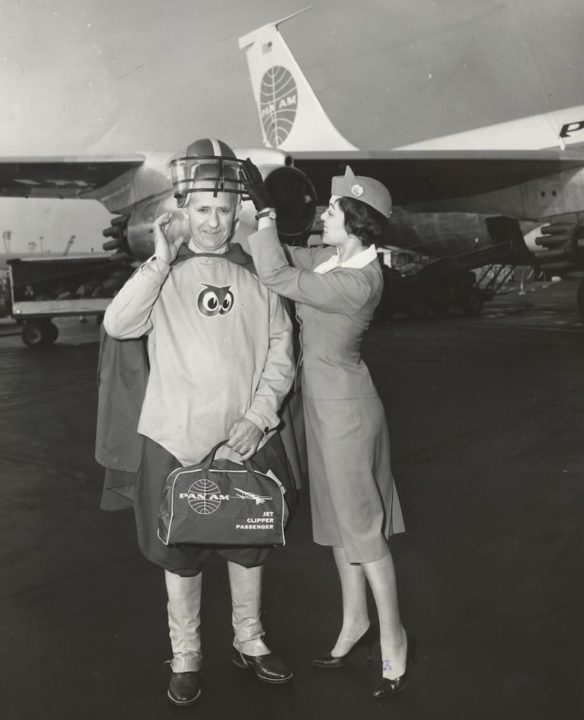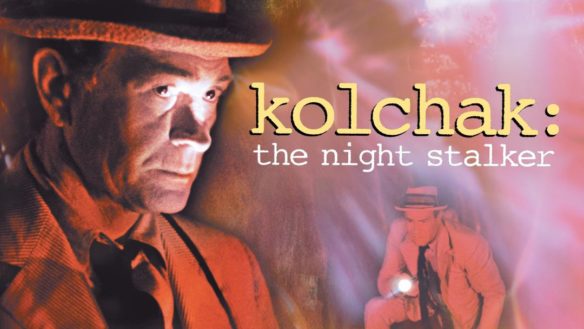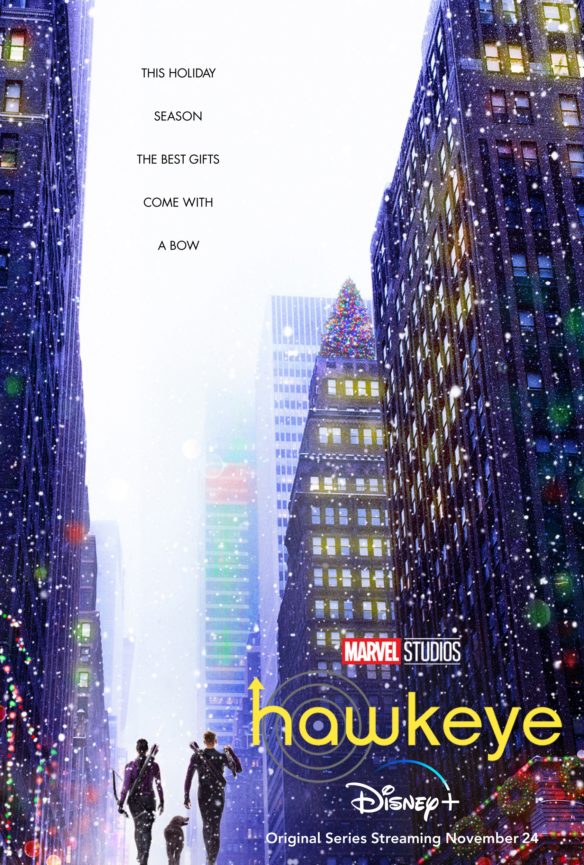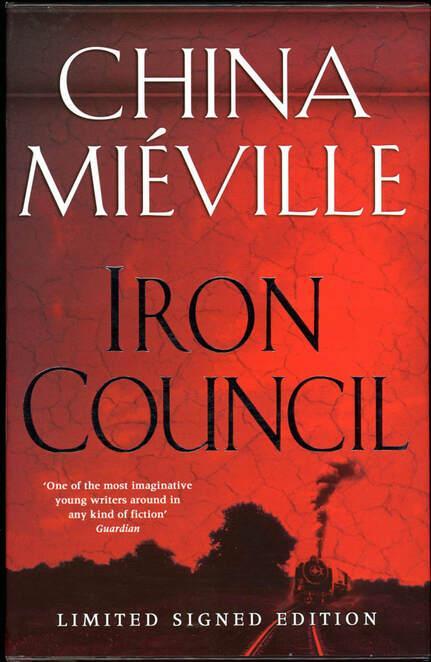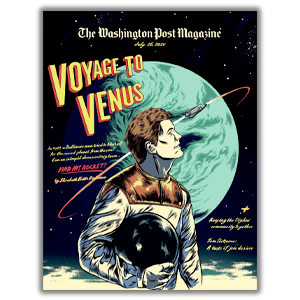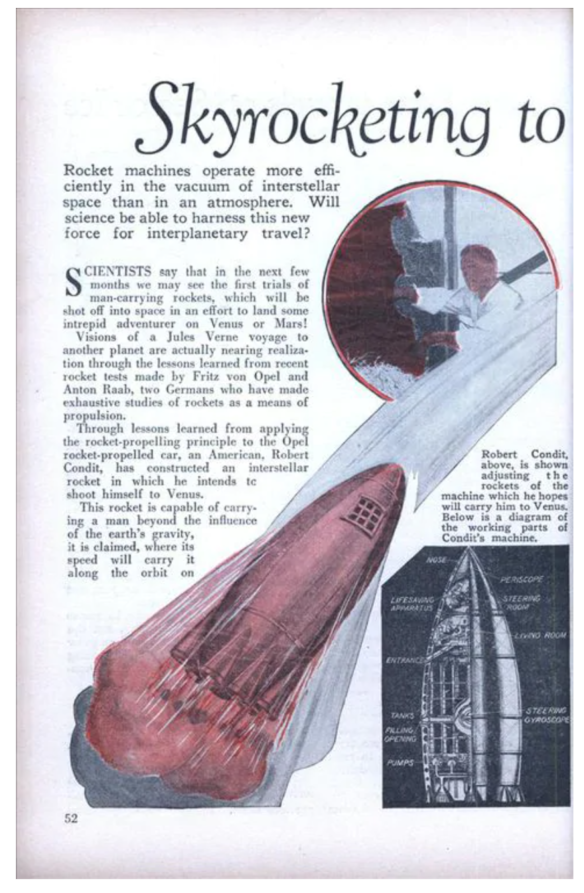(1) DISCOVER TANITH LEE. Astra Publishing House begins its recommendation “Where to start reading the works of Tanith Lee” with a fascinating reminiscence.
DAW Publisher Betsy Wollheim–who was her editor from 1975 to 1985–shares her memories of working with Tanith Lee, saying:
“When I think of Tanith Lee, I think of nighttime. I remember the hot summer nights when we ran around Manhattan, full of the exuberance of youth. But I also remember sitting alone in the dark, empty office, mesmerized by the wonderous dreamscapes of her manuscripts until long after closing time.
“Tanith’s manuscripts were the only ones we never took home. Typed on fragile onionskin, they had to be copied page by laborious page. Tanith’s actual originals were written in longhand, in a kind of shorthand she invented. The typescript that we received was painstakingly transcribed, first by Tanith’s mother, and in later years by Tanith herself. I’ll never forget the times I saw Tanith writing—she was like a person possessed.
“And when a Tanith Lee manuscript came into the DAW offices, I was like a woman possessed. When I began reading, nothing could interrupt me. I stayed in the office, transfixed, until I was finished, often not returning home until the wee hours of the morning. Leaving our dark and eerily deserted Manhattan office near dawn and venturing out onto the silent—yet unawakened —streets of midtown, I used to feel like Tanith’s heroine from The Birthgrave, her first DAW book: a woman emerging from a volcano into a strange and alien land.”…
(2) DARK HORSE CANCELS GAIMAN. Dark Horse Comics today announced this response to the sexual assault allegations against Neil Gaiman.

(3) INTRODUCING STUDENTS TO HORROR. Deep Cuts in a Lovecraftian Vein revisits “Ghosts and Monsters (1982) by Mark Falstein & Tony Gleeson”.
…Ghosts and Monsters was published by Educational Insights in 1982. The kind of boxed set of teaching materials that found there way easily into hundreds or thousands of classrooms across the country. The contents were pretty basic: a book of spirit masters for duplicating worksheets (crosswords, etc.) in an age before photocopying became ubiquitous; a brief teacher’s guide with suggested questions and activities; and a package of ten comic booklets which adapted a dozen tales of horror and weird fiction to comics…
… Given the limitations of space, the monochromatic printing, and the incredibly tight scripts, credit has to be given to Tony Gleeson for doing a very decent job on the art. Stuck with a very boxy framing setup, he nevertheless manages to use perspective shots and shadowed silhouettes to hint and convey something of a horror-mood. While the Teacher’s Guide suggests that the typeset text will make it easier to read, I suspect the real issue was that the budget for this project didn’t extend to hiring a letterer.
When we consider Lovecraft as something more than a cult figure, but as a writer who has entered the canon of world literature—this is a good example of what that looks like. Not necessarily fancy, expensive editions that can only be seen and enjoyed by a few, but stories that penetrate into common educational materials, hitting the masses when they’re young and becoming part of the foundation of reading. Ghosts and Monsters is a core sample of how Lovecraft came to the masses….

(4) RECOMMENDED SCIENCE BOOKS. [Item by Steven French.] Nature’s weekly roundup of the best science books includes A Century of Tomorrows. “Sharing is caring and other moving stories: Books in brief”.
A Century of Tomorrows
Glenn Adamson Bloomsbury (2024)
Modern weather forecasting became feasible in the 1840s, when volunteers formed a nationwide US network to report current weather conditions using the newly invented telegraph. Today, notes cultural historian Glenn Adamson in his stimulating analysis, imagining the future preoccupies social theorists, political activists, insurance executives, architects, urban planners, military war gamers, fiction writers and others. But he avoids making predictions. “I’m just a historian,” he writes, “more or less the opposite of a futurologist.”

(5) NEW PICTURE BOOKS. [Item by Steven French.] In “Children’s and teens roundup – the best new picture books and novels”, the Guardian’s Imogen Russell Williams reviews the best new picture books and novels, including, among other SFF items:
The Zombie Project by Alice Nuttall, Chicken House, £7.99
Merian’s world relies on death-flies to pollinate plants and provide food; unfortunately, death-flies also turn dead humans into zombies. Most people are terrified of zombies, but Merian knows they’re simply a (dangerous) part of nature. When she and her scientist mum are caught up in an outbreak in the city, however, they uncover a terrifying conspiracy … Hugely original, lively, comic and gruesome, this 9+ debut is a post-apocalyptic story with a difference.
(6) HORRIBLE SNUBS? In the New York Times (behind a paywall), Zach Schonfeld complains, “Why Are the Oscars So Scared of Horror Films?”
For fans of scary movies, 2024 was an extraordinary year. Vital and thrilling horror films, such as “Nosferatu,” “Red Rooms,” “I Saw the TV Glow” and “Longlegs,” all earned critical respect and box office success. Yet you’d barely know this from the Oscar nominations, which were announced Thursday morning.
With the exception of “The Substance,” that rare Academy-approved gore-fest that scored five nominations including best picture, very few of last year’s notable horror films were recognized in the major categories — a continuation of a long-running snubbing by the Oscars that’s gone from curious to downright shameful.
This refusal to acknowledge an entire genre feels especially out of touch at a time when horror is not only critically ascendant but especially attuned to our feelings of ambient dread. We’re living in an age of real-life terrors — climate catastrophe, political unrest, tech-driven dehumanization — so it’s no wonder that many of the most exciting filmmakers working today are using the vocabulary of horror to reflect our moment’s anxieties back to us, and maybe help us process them.
If the 1940s was a decade defined by film noir, the ’50s by westerns and the ’70s by paranoid conspiracy thrillers, then the current era is a golden age for frightening films. The genre has long deserved to be treated as real cinema, with the Oscar recognition to match.
Not all horror movies are created equal, as the term can plausibly encompass everything from the most brazen teensploitation flicks to “The Silence of the Lambs,” the only horror film to win best picture. For my purposes, I’m including any film that’s primarily designed to frighten or unnerve its audience through dark and disturbing subject matter. Even given that relatively narrow definition, only seven horror films have been nominated for best picture since the Academy Awards began in 1929 — including, this year, “The Substance,” an unholy fusion of art-house ambition and B-movie gore from the French filmmaker Coralie Fargeat.
A partial list of essential American horror movies that were ignored entirely by the Oscars can start with “Dracula” in 1931 and continue through 1968’s “Night of the Living Dead” and “The Shining” in 1980 from the director Stanley Kubrick. At the 1987 Oscars, David Cronenberg’s “The Fly” was nominated only in the makeup category, leaving its star Jeff Goldblum so disappointed that he had to discuss the snub with his psychoanalyst.
(7) MEMORY LANE.
[Written by Cat Eldridge.]
January 25, 1971 — City Beneath the Sea
Fifty-four years ago, City Beneath the Sea premiered on NBC. It had a tangled history as it was originally a pilot for a series that Irwin Allen had pitched to that network several years earlier but which was never made. The film itself was an expansion of a much shorter idea reel that Allen had shown to the network.
Allen filmed the original concept for City Beneath The Sea but it was never shown publicly. It was not released to the public until the Sci-Fi’s The Worlds of Irwin Allen DVD came out twenty years ago in which it was included as a special feature.
The story was by Allen, but the screenplay was by John Meredyth Lucas who had written four Trek episodes, “Elaan of Troyius”, “The Changeling”, “Patterns of Force” and “That Which Survives” in addition to direction and production duties there.
The primary cast was Stuart Whitman, Rosemary Forsyth, Robert Colbert, Burr DeBenning, Robert Wagner, Joseph Cotten and Richard Basehart. Irwin’s suggested cast for the series was Glenn Corbett, Lloyd Bochner, Lawrence Montaigne, Francine York, Cecile Ozorio and James Brolin, but the network for reasons it never explained to him rejected his casting and told him that would be the cast, an unusual move for a network.
When the network showed no interest in a series based on the film, Allen shopped it around. There was no interest there either.
I couldn’t, for love or chocolate, find any critical reviews of the film, nor does Rotten Tomatoes have an audience rating which is highly unusual.
Here’s the trailer for City Beneath the Sea. It’s streaming on Prime.
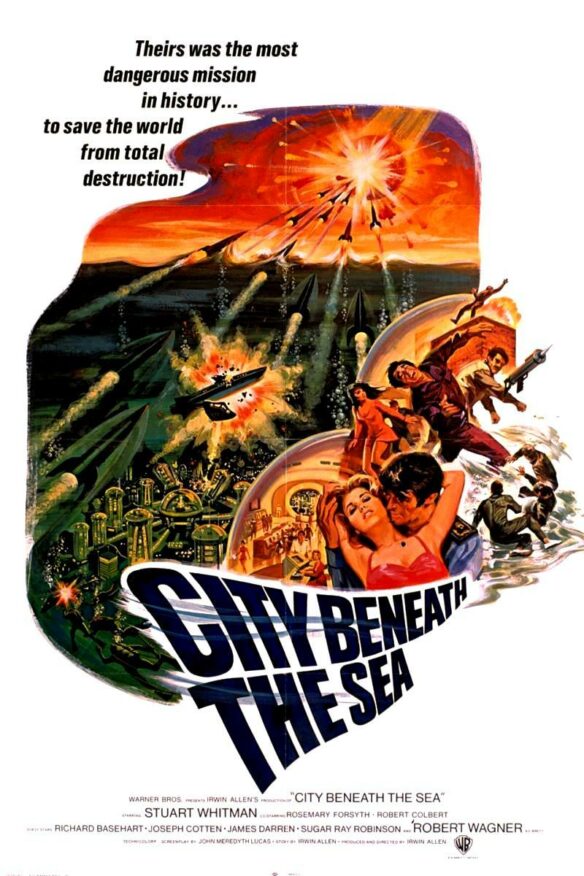
(8) COMICS SECTION.
- Tom The Dancing Bug starts copyright combat. (This is effin’ brilliant!)
- The Argyle Sweater adheres to the rules we must follow.
- Macanudo encounters books that are not yet part of Mt. TBR.
- Thatababy encounters the ruin of a classic children’s series.
(9) STORY DNA. Game Rant recalls “Harlan Ellison Wrote The Twilight Zone Episode ‘Gramma’ Based On Stephen King”.
…Harlan Ellison wrote season 1, episode 18 of The Twilight Zone called “Gramma” which aired on February 14th, 1986 and was based on Stephen King’s short story, which was published in the 1985 collection Skeleton Key. The story centers around a boy named Georgie (Barret Oliver) who is spending time with his grandmother, who isn’t well. As George pretends he is no longer afraid of his grandmother, he learns his grandmother is a witch, which is the first sign that something is wrong.
Adapting a short story can be tricky if there isn’t a clear ending or strong character work. But, of course, King is a legend for a reason and his story “Gramma” has a relatable main character, a creepy villain, and a scary conclusion.….
(10) THE LATEST EXECUTIVE ORDER.

(11) DEATH-RAY, AFTER A FASHION. “Sony to End Recordable Blu-ray Disc Production in Japan in February” says Anime News Network.
Sony announced on January 23 on its website it will end production of several recordable media discs in Japan. In the announcement the media giant stated it is ending production of recordable Blu-ray Disc media, as well as recordable mini discs, MD data discs, and mini DV cassettes in February. The company also stated no successors to the above media formats are in production.
The company had originally announced last July that it would end the production of recordable Blu-ray Discs, but this new announcement adds more media that is ending production, and gives the specific timeframe of February. Sony stated in July that development and production of Blu-ray Disc recording and playback devices will continue…
(12) TUNING IN. CNN Science reports “Mysterious fast radio bursts may have diverse origins in space”.
Mysterious fast radio bursts, or millisecond-long bright flashes of radio waves from space, have intrigued astronomers since the first detection of the phenomenon in 2007. The enigmatic signals, known as FRBs, release as much energy in less than the blink of an eye as the sun emits in one day.
Researchers are still trying to unravel what the celestial pulses are, as well as how and where they occur. Specialized telescopes have enabled astronomers to track radio bursts within the Milky Way galaxy as well as up to 8 billion light-years away.
Now, four new studies are providing answers about where the fast radio bursts originate, which could shed light on what causes them — but the locations for two recently described radio bursts are wildly different.
One of the fast radio bursts appears to have come from the chaotic, magnetically active environment near a type of dense neutron star called a magnetar. Meanwhile, the other fast radio burst, which scientists observed pulsating over the course of several months, came from the outskirts of a distant dead, star-starved galaxy.
Researchers utilized a fast radio burst-hunting machine called CHIME, or the Canadian Hydrogen Intensity Mapping Experiment radio telescope, to uncover both bursts. The instrument has enabled the detection of thousands of FRBs since 2020….
(13) I DIDN’T KNOW THEY WERE MISSING. “Where in the world are Earth’s oldest dinosaurs?” asks Yahoo!
What are the oldest known dinosaurs?
Currently, the earliest known dinosaurs include Nyasasaurus, Eoraptor, Herrerasaurus, Coelophysis, and Eodromaeus. A group of fossils belonging to an unknown dinosaur in the Herrerasauridae family were described last year and date back about 231 million years. Similarly old fossils have all been unearthed in countries located south of the equator including Argentina, Brazil, and Zimbabwe, but there are likely even older specimens that have not been uncovered yet.
These early dinosaurs were also initially vastly outnumbered by their reptile cousins–a group of enormous crocodile ancestors called the pseudosuchians and pterosaurs who grew to the size of fighter jets. By comparison, Earth’s earliest dinosaurs were much smaller than their descendants. They were about the size of a dog or chicken, not 33,000 pounds like a Brontosaurus. Early dinosaurs were also bipedal and are believed to have been omnivores….
(14) INSIDE STORY. On the National Air and Space Museum blog, “Restoring the Museum’s V-1 Missile”.
A little over a year ago, I recounted the restoration of our German V-2 ballistic missile. Now the Preservation and Restoration Unit at our Steven F. Udvar-Hazy Center is completing its compatriot, the V-1 cruise missile. which we will display in the Jay I. Kislak World War II in the Air gallery, which opens in 2026.
Of Nazi Germany’s two “vengeance weapons,” the low-flying, pulsejet-powered V-1 was launched in much greater numbers in 1944-1945—more than 22,000 as opposed to about 3,000 V-2s. Frequently referred to as the “buzz bomb” or “doodlebug,” the V-1 was also more effective. Its noisy approach was psychologically disturbing to targeted populations and it diverted Allied anti-aircraft resources into defending against it. Like the V-2 rocket, the great majority of V-1s were fired against two cities: London and Antwerp. The cruise missile caused over 10,000 deaths in its target areas, and thousands more concentration-camp prisoners died in the production program. Yet, both weapons fell far short of the hopes of the Nazi leadership: knocking Britain out of the war, or at least preventing the Allies from using the Belgian port of Antwerp to supply their armies in northwest Europe. The two missiles were strategic failures, albeit ones that greatly influenced the Cold War nuclear arms race….
… One new component he integrated is an original German airlog propeller. In a well-timed stroke of luck, a donor offered us one in 2021. Colin Donovan’s grandfather, U.S. Army 1st Lt. James J. McFague, had brought it home as a war souvenir. Since the device was still in original factory packing, it is possible that McFague picked it up during his service in the occupation of Germany. In operation, the number of times the propeller turned approximated the distance flown to the target. When a preset number was reached, the device sent a signal to cut off the engine and initiate a terminal dive….

[Thanks to Chris Barkley, Cat Eldridge, SF Concatenation’s Jonathan Cowie, Steven French, Kathy Sullivan, Teddy Harvia, Mike Kennedy, Andrew Porter, and John King Tarpinian for some of these stories. Title credit belongs to File 770 contributing editor of the day Jon Meltzer.]


